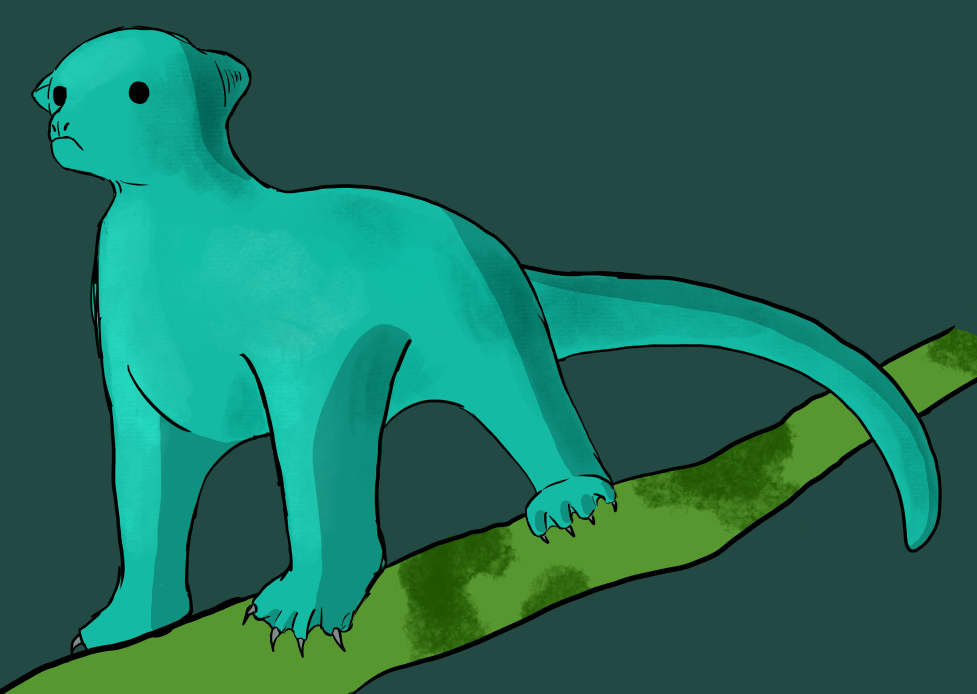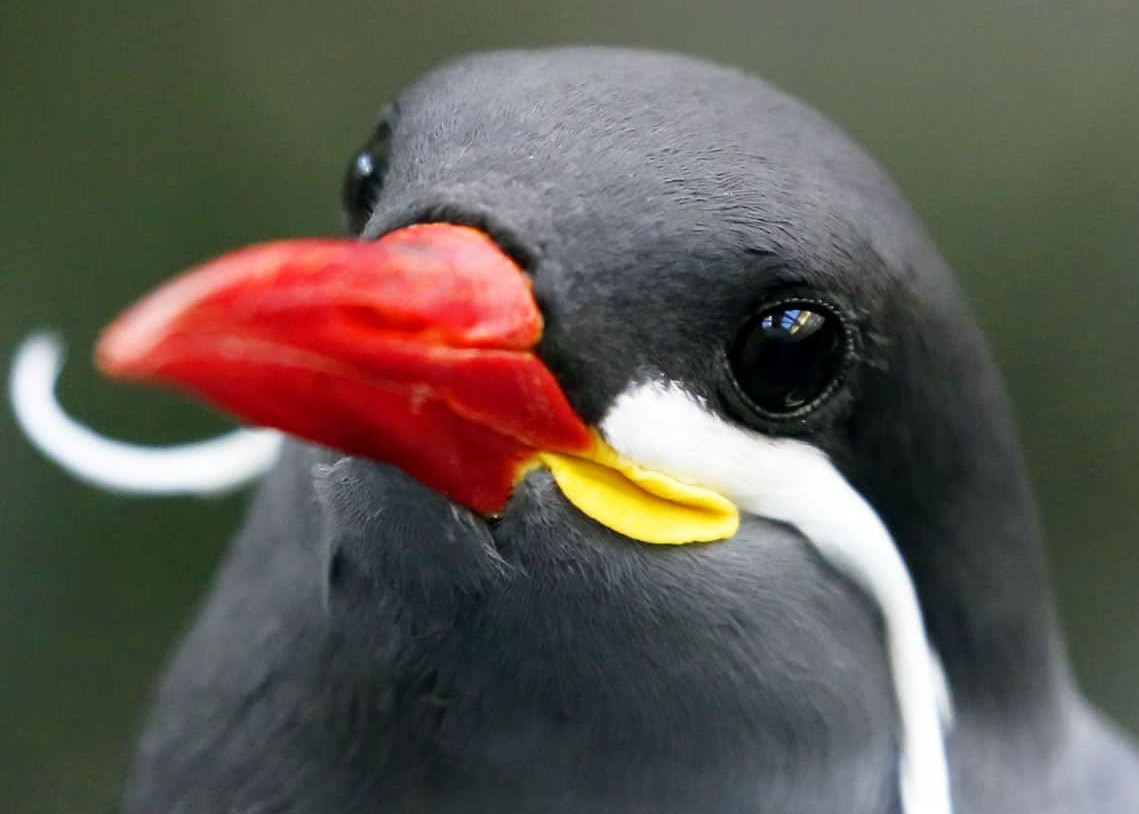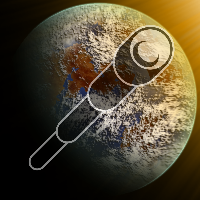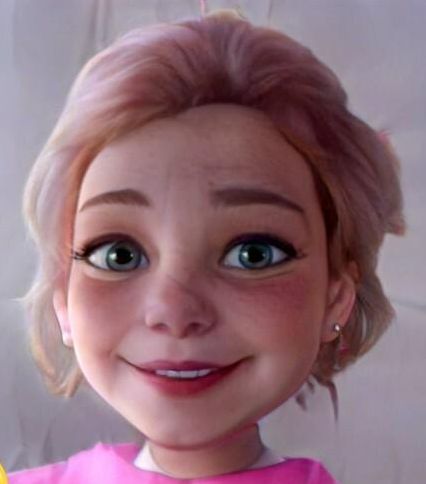Milky Way Institute of Biology, Taxonomy, and Conservation
The Milky Way Institute of Biology, Taxonomy, and Conservation is a supermassive organisation based in the Milky Way. A complex society of biologists, taxonomists, conservationists, historians, and countless other professions form this academic powerhouse, that study animals around the galaxy.
The organisation is just one small part of the overarching Federation of Biological Societies, that operate in different galaxies. Each one studies the lifeforms of their individual galaxy, and together form the largest known organisation in the Yonderverse.
The Institute's Headquarters can be found just off the Galactic Highway, around an intersection close to the Cheem System. This landmark is over five miles in diameter, with sixteen different districts and over five thousand buildings.
Taxonomic Records
Partnered with the A to Zoo, MWIBTC are actively working on cladograms and classification for every single species in the Milky Way. This cladogram includes all organisms from all kingdoms, including Animalia, Protista, Bacteria, Inanimalia, and more.
It is built upon the taxonomic work of the human species, who attempted to classify every organism on their native planet, Earth.
Human-made cladograms were built upon the evolution of organisms on Earth, which unfortunately is not an option when classifying organisms throughout the Milky Way. MWIBTC's classifications are largely based on an organism's physical appearance and behaviour. For example, terran kinkajous and paradise kinkajous are in the same genus, Potos, despite being native to two separate planets.
Below is a snippet of a cladogram designed by the Institute.
Conservation Efforts
Some animals are more at risk of extinction than others. There are many different conservation statuses, and this tells us the likelihood of a species going extinct. We look at different factors when assigning a status to a species, such as the likelihood of conspecifics producing offspring, the natural environment, whether or not there is a captive population, etc.
The Institute has poured trillions into conservation efforts of organisms around the Yonderverse. Headquarters have several large greenhouses to conserve a number of endangered flora and fungi species, such as verenean egg baskets, native to planet Norrab.
The MWIBTC also works closely with the A to Zoo with their conservation efforts.
The Institute works with countless conservation projects on different planets, as well as financially supporting sanctuaries. They single-handedly fund over nine-hundred animal sanctuaries around the Milky Way, many operating in isolated, secluded locations that can't be found by poachers.
Conservation Statuses
Headquarters
The Institute's Headquarters is a massive building complex located close to the Cheem System. With thousands of individual buildings, connected via portals (for efficiency) or elegant glass tunnels (to admire space), the Headquarters have millions of residents, and just as many daily visitors.
While many districts are private and require residency to enter, a handful are open to the public. Greenhouses, classrooms and lecture halls, as well as certain professor's offices and incubation/quarantine areas are publicly available, as the Institute promotes free education for all.
Greenhouses
Vibrant greenhouses, where various endangered plant species are kept. Tended to by galaxy-renowned botanists, who also host classes on their specialised subject.Education
A large district serves as an education centre, with classes on hundreds of topics related to biology and conservation. They pride themselves on educating youth on the natural world.Study Centres
For studying newly discovered organisms. Specimens are taken into quarantine and analysed, in perfectly replicated natural environments to study wild behaviours.Related Articles
Cheem System
The greatest Solar System in the entire Yonderverse.













I love how you were able to turn this prompt into a sort of mini-primer on the classification systems of your species! I also learned a new word today! (cladogram)
Thank you so much! I don't remember if I've ever written it publicly in my world, but I've known how my world classifies species, so it's neat that I definitely have it in writing now :D